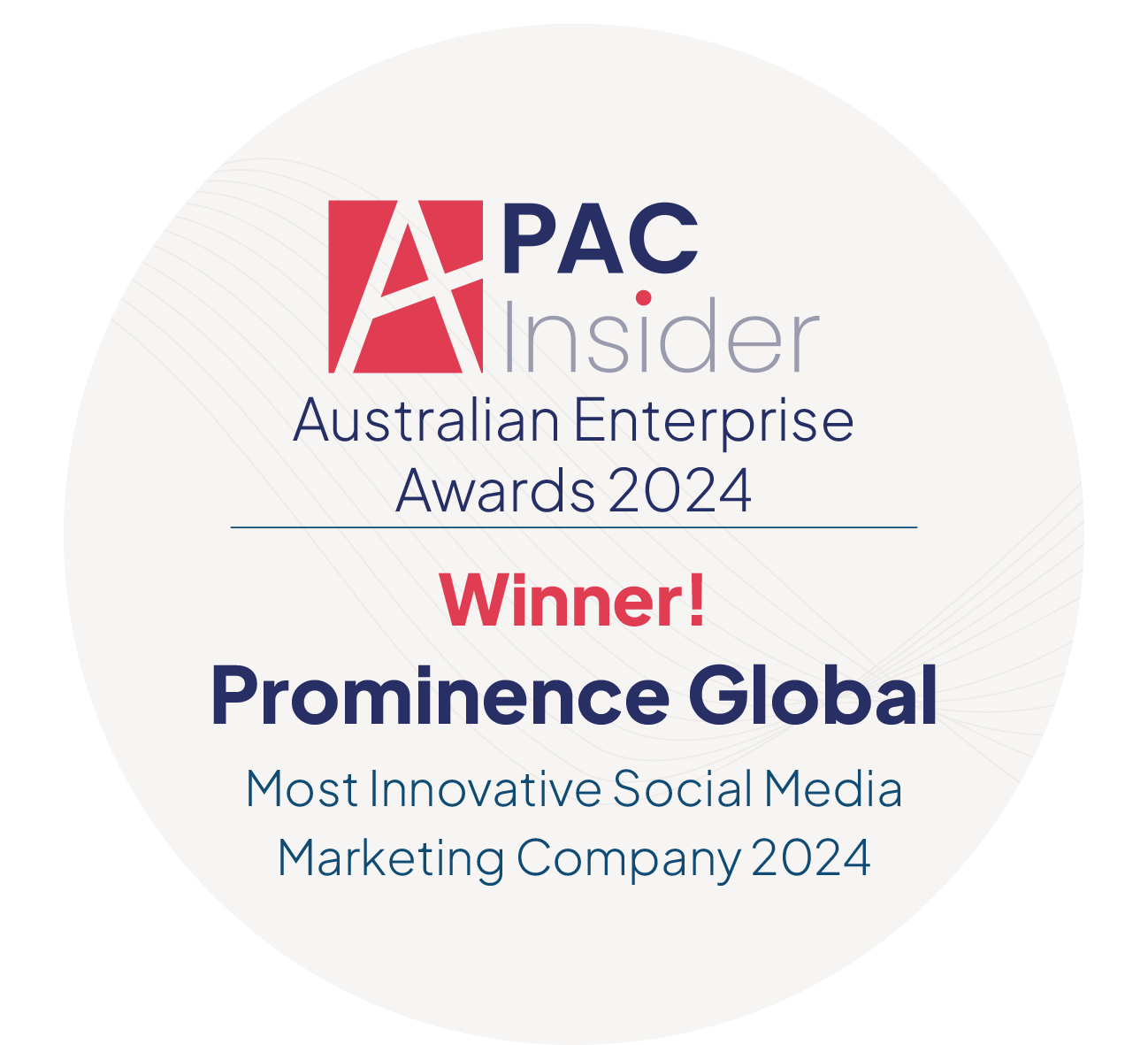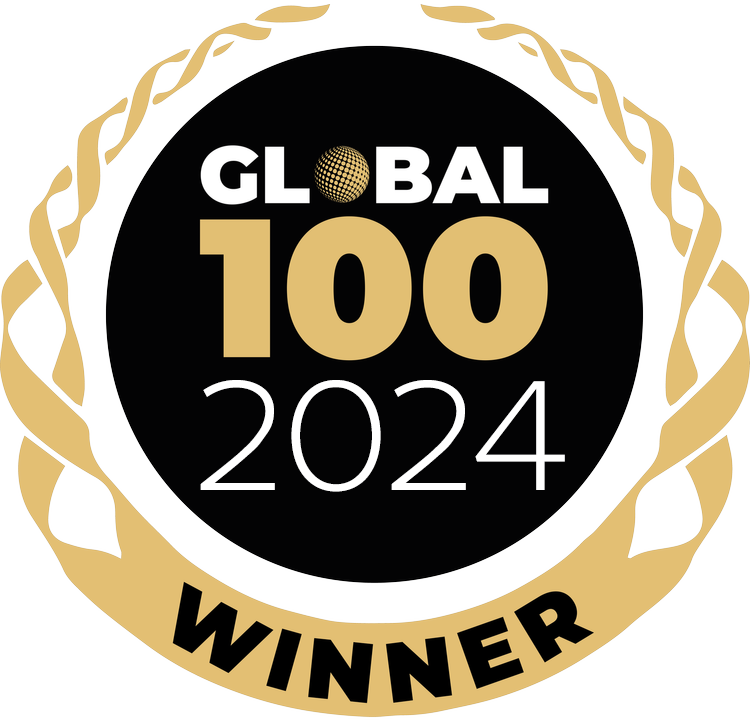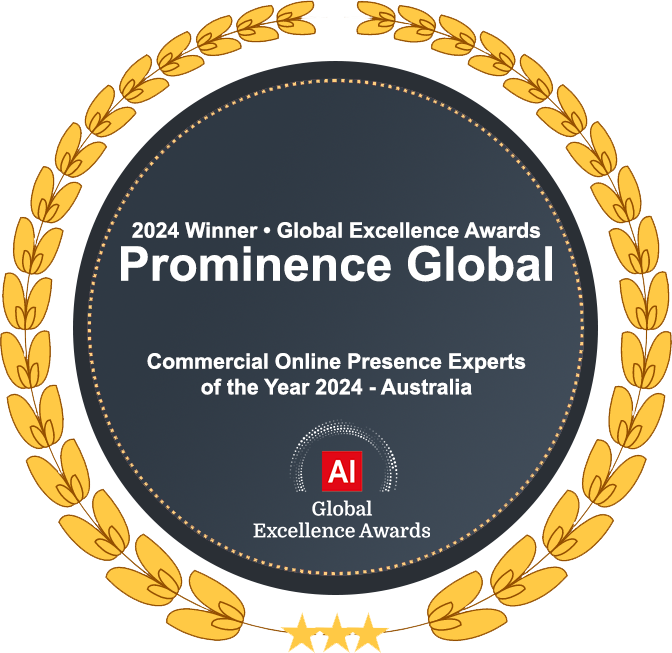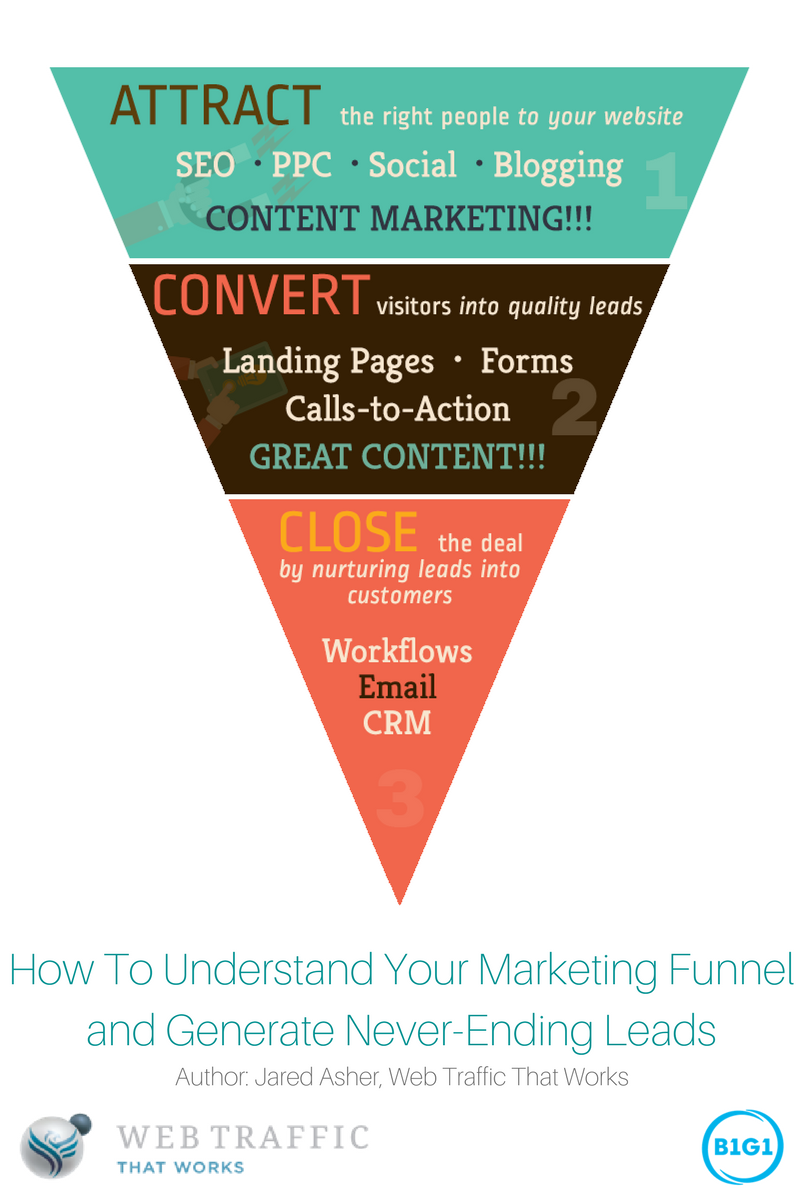When it comes to modern-day marketing, one of the most important principles of lead generation is to understand your ‘marketing funnel’.
Sadly, very few business owners actually ‘get’ the concept of a marketing funnel (hence why they partner with us lol!) and they either fail to understand the mechanics, the process, or the foundations of their own business, and what they’re offering to the market place.
We’ve written about marketing funnels before however in this article we’ll discuss each stage of the funnel process in detail so you can start creating your own funnel immediately.
Firstly…
What is a Marketing Funnel Used For?
A marketing funnel is for defining and improving your overall marketing strategy.
A marketing funnel is a staged process that enables new leads to filter into sales conversions.
This process helps marketers measure how effectively they are in filling the funnel with new leads, and how well those leads convert through each stage of the process.
In simple words, a marketing funnel helps you create leads and make more sales.
“…marketing funnels help you create leads and make more sales.
Like a video game, progression through each stage is the objective to win.
Below is an illustration of a marketing funnel. This will help you visualise the principles of each stage of the marketing funnel process:
What Does a Marketing Funnel Actually Do?
At this point, it’s important to know that a marketing funnel is just a representation of a customer journey from beginning to end.
See the illustration below for an example:

Here’s how this process works:
- Web viewers see a few ads and this creates ‘Ad impressions’
- The same users then visit your website and this becomes the ‘first touch’
- Then they download your content or lead magnet which creates a ‘lead conversion’
- At this point, they want to have a discussion with you so they either call you, or you call them.Then the sale is made (‘closed deal’).
As much as we’d love to say it’s as simple as that, unfortunately it’s not.
Creating marketing funnels are far more complex than you can ever imagine…
In reality, the customer journey looks like this:

How To Understand a Marketing Funnel
Marketing funnels are a complex beast. The best way to understand a marketing funnel is to map it out using a system like Lucid Chart. This can help you visualise the flowchart of the funnel process so you can see the customer journey in staged process.
Tip: the best approach is to re-engineer the process from the end result back to the beginning.
Here’s an illustration of a basic b2b (business-to-business) marketing funnel:
The objective here is to drive your target audience through a marketing funnel sequence with a free ‘lead magnet’ offer to capture new leads and lead them to a ‘Lead Conversion’ event (ie. live masterclass).
Let’s break it down…
Part 1 – Lead Source
Using lead sources such as paid Ads (Facebook, Google Adwords or SEO), social media, partnerships, email marketing, direct mail, or public speaking engagements etc, the concept is to engage your audience so they become ‘aware’ of you, what you do, and how you can help them solve their problems then direct them to your website or landing page.
Part 2 – Lead Capture
To capture leads, you need two things; a destination for your audience to go to, and a free offer to give away as bait to leave their contact details.
Using either a website or a landing page, you can create a funnel sequence promoting your free “lead magnet” offer.
Your audience will need to opt in with their email address and name in exchange to receive this offer opportunity.
Copywriting/Content – Your page copy should be simple, clear and concise, that promotes one specific offer; your lead magnet offer. Your content needs to be simple but include some or all the following:
- Headline Statement
- Sub-headline
- Call-to-Action
- Lead Magnet Image
- Promoting Opt-In (lead magnet) and what the product/program includes
- The audience – who is going to benefit from the Lead Magnet
- The Outcomes – what the lead magnet offer will solve for the audience
Here are two examples:
i. Mortgage Choice
ii. Air BnB
“Thank You” Page
Once your viewer opt-ins in to receive your offer, you need a page to say ‘thanks’.
Think of your thank you page as the “impulse zone” of your website. Like a retail checkout line, when a person lands on your thank you page, they have already been “sold.”
They’ve already made the big decision to buy (or in this case, share their contact information with your business) and their guard is down.
At this point, any additional request seems less daunting (like buying that extra pair of socks with purple robots printed on them sitting next to register), so strike while the iron’s hot.
Add a secondary form or call-to-action to a related offer to guide your lead to the next logical step in the buyer’s journey.
Like everything in Inbound Marketing, this strategy should be A/B tested before being implemented across the board, but in my experience, most people have been pleasantly surprised by how many leads “impulsively” fill out the secondary form.
Copywriting/Content – You need to thank your audience for downloading your lead magnet (your compelling offer). On this page, you need to address the following:
a. Thank the audience
b. Direct the audience to their email inbox
c. Promote new offer (with CTA)
d. Attach your offer for immediate download
You can also include:
e. Image/Video – to promote your webinar
f. Include testimonials
g. Program outcomes/benefits
h. Expiry date – to create urgency
Example: Leadpages
Part 3 – Sales Conversion
Once your audience has opted-in for your lead magnet offer, you would then offer them a place to go to become a customer/client. This can be webinars, live events, strategy calls, consultations, sales pages (VSL’s) etc
At this point, the hard work is mostly done. When they get to this point, the conversions will be rather soft and easy (if they are genuinely interested in what you’re offering).
If they don’t buy, you can then re-market to them via email or paid sources such as Facebook (using the Facebook Pixel) or SEO.
Conclusion
To generate leads and make more sales, you need a marketing funnel that operates like clockwork.
This is a process of trial and error.
However, over time you will begin to see what works and what doesn’t.
You will need to focus on getting your foundations right before engaging any lead source opportunities. The most important part here to fail as fast you can. The faster you fail, the closer you are to achieving your desired results.
It’s true, marketing funnels are complex beast and there’s no right or wrong, it’s a matter of knowing if this what you want to focus on in your business or not.
Most businesses prefer to partner with agencies like us because it means they can focus on their unique gifts, not spending time on this stuff.
If this is you too, feel free to contact us today and we can organise a strategy call to discuss your ideas.
_________________________________________________________________________________________
Looking for more clients or customers? Join our contest for free and you could win a free Digital Marketing Campaign worth $10,000. Click here for more info: I want to win!
_________________________________________________________________________________________
ABOUT THE AUTHOR
Jared Asher
Jared Asher is the Head Marketing Strategist and General Manager for Web Traffic That Works.
Jared’s business career began in 2001 when he left school to become a Dj at the age of 17.
Coupled with studies in small business management and marketing, Jared quickly learned business and PR skills which played a big role in his music career, and lead him to achieve a international status, headlining clubs and festivals with some of the most prestigious global DJ’s and Producers in countries such as Australia, New Zealand and United Kingdom – within a period of 5 years.
Since then, Jared has been working with small business owners and expert practitioners with building online brands.
To date, Jared has consulted and mentored a total of 352 small-business owners, expert practitioners, and musicians.
In one recent project, ‘Ezy VA – The Worlds Smartest Outsourcing Solution’, Jared helped scale the company globally, earning a 7-figure plus annual revenue, operating in over 28 countries, and building a team of 212 permanent staff & managers – within a period of 18 months.













